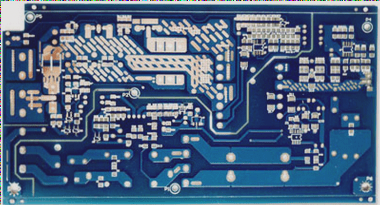PCB Design Best Practices for Layout and Routing
When designing a PCB, it is crucial to consider various factors at different stages, including grid points used during layout. Here are some key points to keep in mind:
Grid Point Considerations:
- For large components like ICs and connectors, a grid accuracy of 50 to 100 mils is sufficient.
- Smaller passive components such as resistors and capacitors benefit from a finer grid of 25 mils.
- Using appropriate grid points aids in component alignment and enhances layout aesthetics.
Routing PCB Traces:
When routing PCB traces, consider the following guidelines:
- Components should ideally be placed on the same side of the board.
- Components must be arranged neatly on a grid, avoiding overlap.
- Maintain a minimum distance of 1mm between adjacent pads of different components.
- Keep a distance of at least 2mm from the edge of the PCB.
- Consider a rectangular PCB shape with an aspect ratio of 3:2 or 4:3 for mechanical strength.
Layout Techniques:
Follow these techniques for an efficient PCB layout:
- Analyze functional units to determine component placement based on signal flow.
- Position core components centrally and arrange surrounding components uniformly.
- For high-frequency circuits, carefully arrange components in parallel for optimal performance.
Special Components and Layout Design:
Special components in PCB design require careful placement:
- Consider special components’ impact on circuit compatibility, signal integrity, and heat generation.
- Balance PCB size to avoid impedance issues and interference between traces.
- Position special components first and then layout remaining components accordingly.





